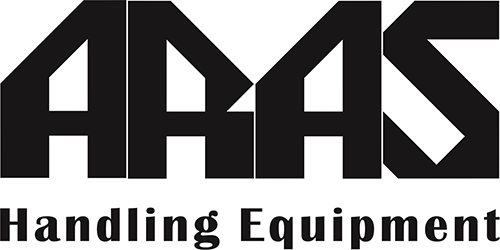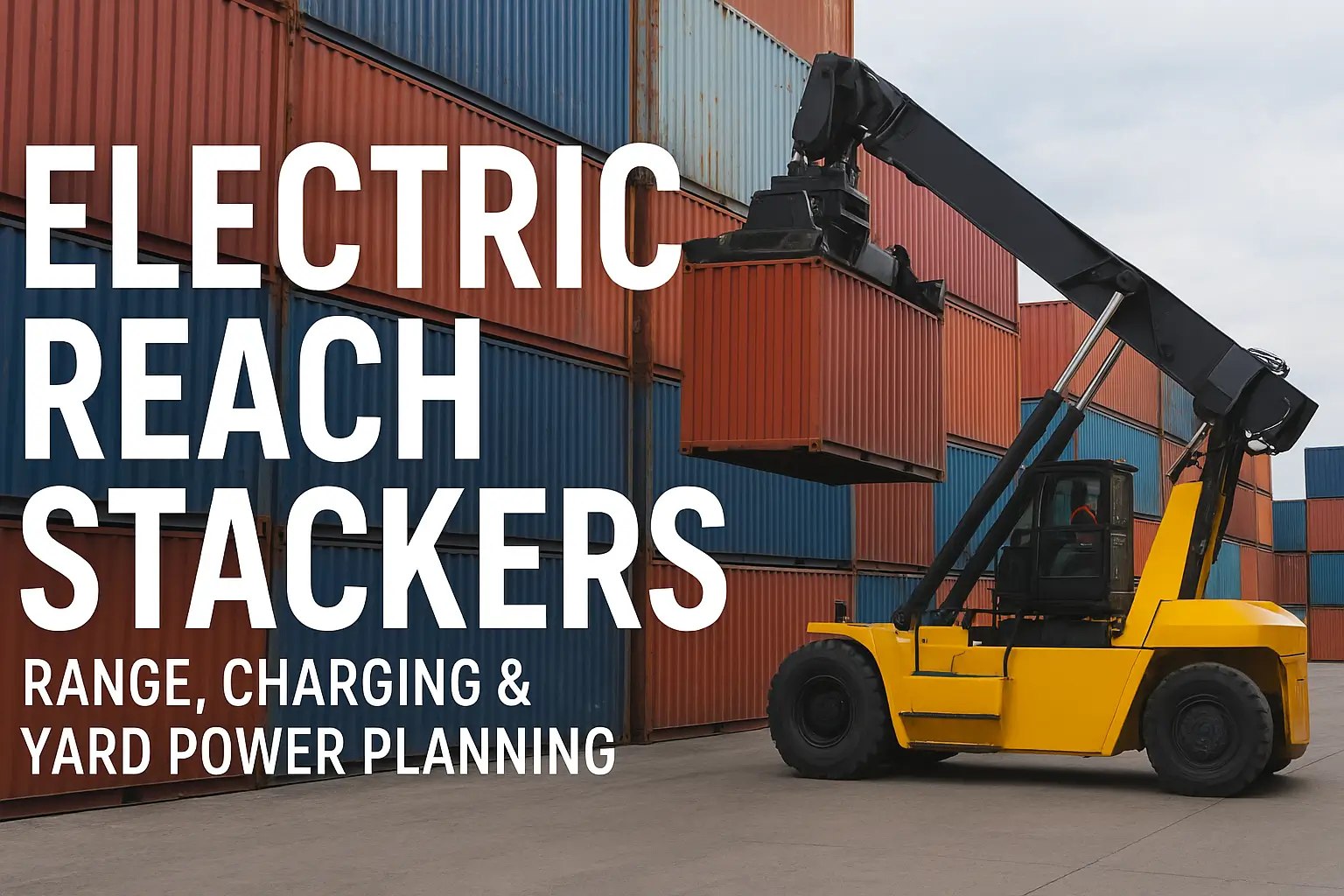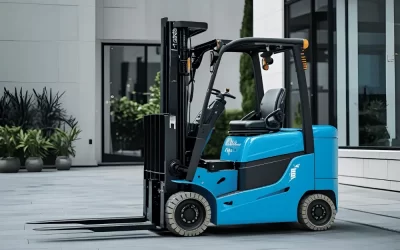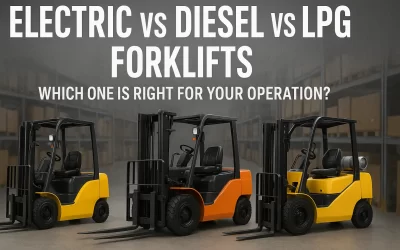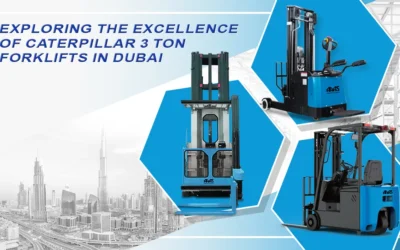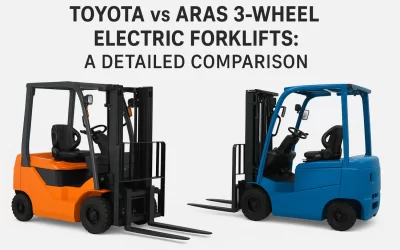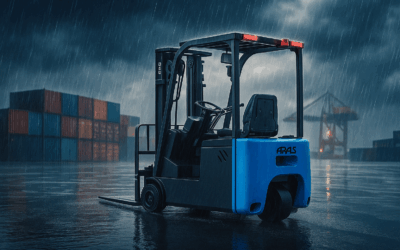Electric reach stackers can comfortably handle full-shift container moves if you match battery size + duty cycle + charging plan. Start with your hourly kWh burn, choose opportunity or overnight charging, and size site power so peaks never crash your breakers or your TAT.
Why electric reach stackers are getting real now
If you run an ICD, CFS, inland terminal, or busy warehouse yard, you’ve probably tested electric forklifts already. The same shift is happening in reach stackers: modern battery systems, high-power DC charging, better thermal management, and smarter telematics have made electric units practical for container handling—without the diesel noise, fumes, and frequent PMs.
Benefits:
- Lower energy cost per move (predictable kWh vs diesel volatility)
- Quieter operations and better operator comfort
- Fewer moving parts (no engine oil, DPF, turbo) → less unplanned downtime
- Compliance with tightening emissions and noise requirements
Reach stacker 101 (quick refresher)
A reach stacker lifts and moves ISO containers using a telescopic boom and a spreader with twistlocks. It can stack multiple containers high (and deep) and is more nimble than a top loader in many yards. Electric variants keep the same capabilities, swapping the diesel powertrain for a high-capacity battery, inverters, electric drive motors, and an onboard battery management system (BMS).
Range, explained the yard way (not the brochure way)
“Range” for a reach stacker isn’t kilometres—it’s hours of productive work before you must recharge. The real determinant is energy use per hour (kWh/h), which depends on:
- Duty cycle: average container weight, lift height, boom reach, and travel distance.
- Utilization: minutes per hour actually lifting/moving vs idling/queuing.
- Ground conditions: gradients, soft subgrade, tyre type and pressure.
- Hydraulics and auxiliaries: spreader functions, lights, HVAC.
- Operator behaviour: smoothness, regenerative braking habits.
Rule of thumb: model your range from kWh/h × planned hours, then check that against usable battery and your charging windows.
Charging strategies that actually work
You’ve got three practical patterns. Most yards blend #1 and #2.
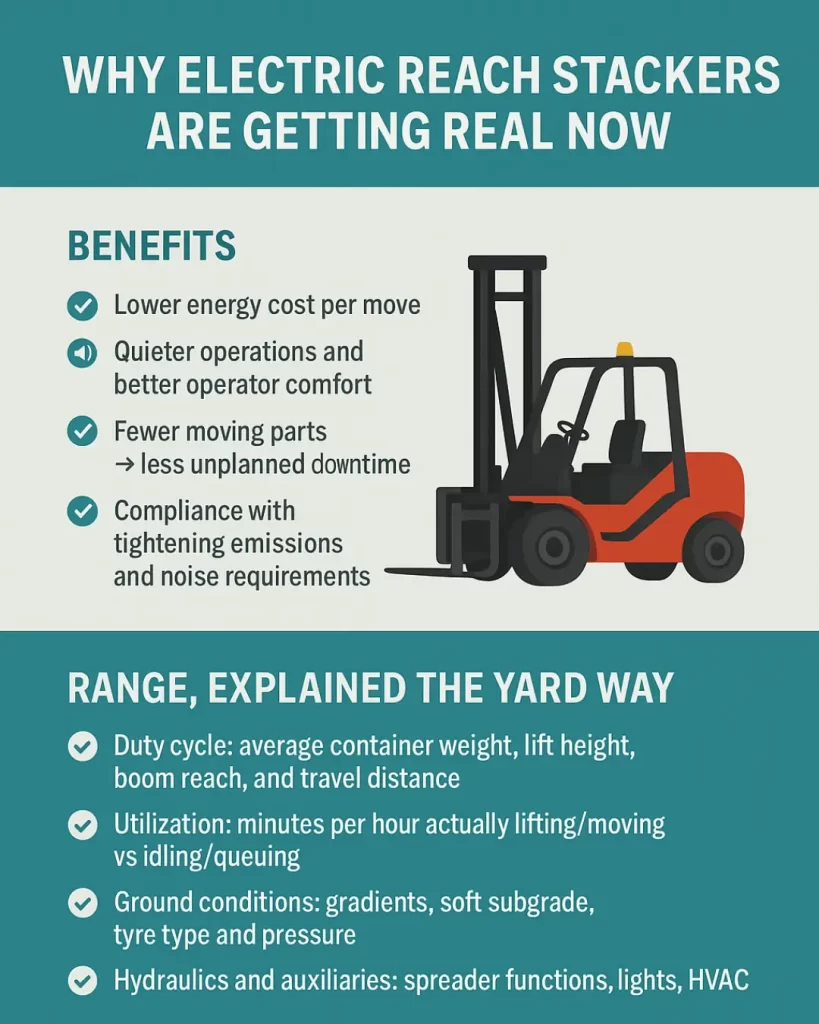
- Overnight/DC depot charging
Plug in at end of shift; start the day at 90–100% SOC (as per OEM guidance).
Works if your shift energy fits in one pack without mid-shift charging. - Opportunity charging (during tea/lunch/driver changeovers)
10–30 minutes on a DC fast charger stabilizes SOC across the day.
Keeps packs smaller and avoids deep discharge, which is kinder to batteries. - Rapid top-up between peaks
Short high-power bursts when trucks queue or rail cuts arrive.
Needs charger availability near movement hotspots (gate or rail head).
Charger choices (simple view):
- DC 120–180 kW: overnight or longer breaks
- DC 240–300 kW: true opportunity charging in busy yards
- Cable & connector management: plan for heavy-duty cables, strain relief, and clear approach paths for a 70-ton machine.
Yard power planning (step-by-step)
Think like a power plant for your mixed fleet (reach stackers + forklifts + terminal tractors + reefer racks).
- Baseline your load
- Current facility draw at peak (kW) and daily energy (kWh).
- Add reefer racks, lighting, HVAC, compressors—everything.
- Model each reach stacker
- Average kWh/h by duty cycle (light, mixed, heavy).
- Battery usable kWh (gross pack × allowed depth of discharge).
- Charging windows (breaks, shift change, overnight).
- Pick your charging pattern
- Overnight-only vs blended opportunity charging.
- Decide max simultaneous chargers to cap peaks.
- Size the electrical gear
- Transformer, switchgear, feeders, protection, and earthing.
- Consider a dedicated EV panel and smart charging controller.
- Control demand charges
- Stagger chargers or cap power per unit.
- Add battery storage or solar for peak shaving if demand fees are painful.
- Put chargers where the work is
- Near the main traffic loop—but off the path.
- Enough concrete, wheel stops, bollards, and cable reels.
- Clear sight lines and signage for a big-boom machine.
- Safety & uptime
- Lockouts, isolation points, spill kits (for hydraulics), and arc-flash labels.
- Redundancy: at least one extra charging point beyond the minimum.
A worked example (numbers you can copy)
Assumptions (illustrative):
- Mixed-duty energy use: 65 kWh/h
- Shift length: 8 hours active work
- Battery pack (gross): 800 kWh, usable 80% → 640 kWh
- Opportunity charging: 1 hour total across breaks on a 250 kW DC charger
- Charging efficiency: 92%
Step 1: Shift energy need
8 h × 65 kWh/h = 520 kWh
Step 2: Energy added in breaks
250 kW × 0.92 × 1 h = 230 kWh
Step 3: Net battery draw from start-of-shift
520 − 230 = 290 kWh
Result: Easily within the 640 kWh usable. You finish the day with comfortable SOC, then overnight add back ~290 kWh plus margin.
If you run two electric reach stackers:
- Worst-case simultaneous charge: 2 × 250 kW = 500 kW peak, plus facility baseline (say 150 kW) = 650 kW.
- With smart staggering (only one unit at 250 kW at a time), peak can be limited to ~400 kW (250 + 150).
Overnight top-up time example:
To refill 640 kWh with ~10% overhead for losses: 640 ÷ 0.9 ≈ 711 kWh delivered.
At 120 kW DC, time = 711 ÷ 120 ≈ 5.93 hours (about 5 h 56 m).
These are planning numbers; your OEM duty-cycle data and telematics should refine them.
Battery, tyres, and hydraulics: small choices, big impact
- Battery chemistry: Most large handlers use lithium-ion packs engineered for high current. Follow OEM guidance on SOC bands to extend life.
- Thermal management: Hot climates need robust cooling; place chargers in shaded, ventilated spots.
- Tyres: Correct pressure and compound reduce rolling losses and kWh/h.
- Hydraulics: Keep hoses/seals healthy; leaks waste energy and create safety risk.
- Regen: Train operators to use regenerative braking effectively during decel.
Telematics = your single source of truth
Enable and actually use the data streams: utilization %, energy per lift, idle vs active time, fault codes, PM intervals. Build a weekly dashboard:
- kWh per TEU handled
- Opportunity charge minutes captured
- Peak power incidents (and whether demand caps held)
- Operator coaching opportunities (harsh braking, long idle)
Cost and ROI talking points (for your CFO)
- Energy cost per move often beats diesel, especially with managed demand.
- Maintenance drops (no oil/filter changes, fewer engine components).
- Availability improves with fewer engine-related faults.
- Grants & incentives may apply (grid upgrades, chargers, renewable integration).
- Residuals depend on battery health—track SOC, cycles, and temperature rigorously.
Safety and compliance
- Train operators on high-voltage awareness, charger connection steps, and parking protocols (boom & spreader positions).
- Add proximity sensors/cameras for visibility around chargers.
- Follow electrical codes on earthing, RCDs, signage, and emergency stops.
- Keep pre-start checklists: tyres, brakes, spreader twistlocks, hydraulic leaks, HV interlocks, BMS warnings.
Quick checklists
Pre-purchase checklist
- Verified duty cycle (kWh/h) with a trial or OEM simulator
- Battery usable kWh ≥ (hours × kWh/h) − (planned charging kWh)
- Charger power and count sized with redundancy
- Layout with safe charger approach and cable routing
- Telemetry and API access confirmed
Go-live Day 1
- Operators trained on regen and charger SOPs
- Demand cap set on charger backend
- Spare spreader parts, tyres, and hoses stocked
- Emergency procedures posted at each charger
FAQs
Q1: Will an electric reach stacker match diesel performance?
Yes, torque at low speed is excellent. Continuous performance depends on thermal limits, battery state, and charger access. Size the system right and you won’t see productivity loss.
Q2: What if my yard has weak power?
Use staggered charging, lower charger setpoints, or add battery storage/solar for peak shaving. In extreme cases, a temporary generator can support commissioning—but plan to wean off it.
Q3: How many chargers do I need?
Start with one per unit plus one spare if uptime is critical. With strong opportunity charging discipline, a 2-stacker yard may run on two 250–300 kW DC chargers.
Q4: Do I need a massive battery?
Not always. Right-sized packs + opportunity charging beat oversized batteries that add cost and weight.
Q5: How do I estimate my kWh/h?
Run a short on-site trial, or model from container weights, lift counts, travel distance, and idle time. Then add 10–15% buffer.
Conclusion: Start with the math, then make it easy for operators
Electric reach stackers work when you:
- Quantify energy per hour for your duty cycle,
- Blend overnight and opportunity charging, and
- Cap site peaks with smart scheduling.
Do that, and you’ll get cleaner air in the yard, predictable energy costs, and a quieter machine your operators won’t want to give back.
